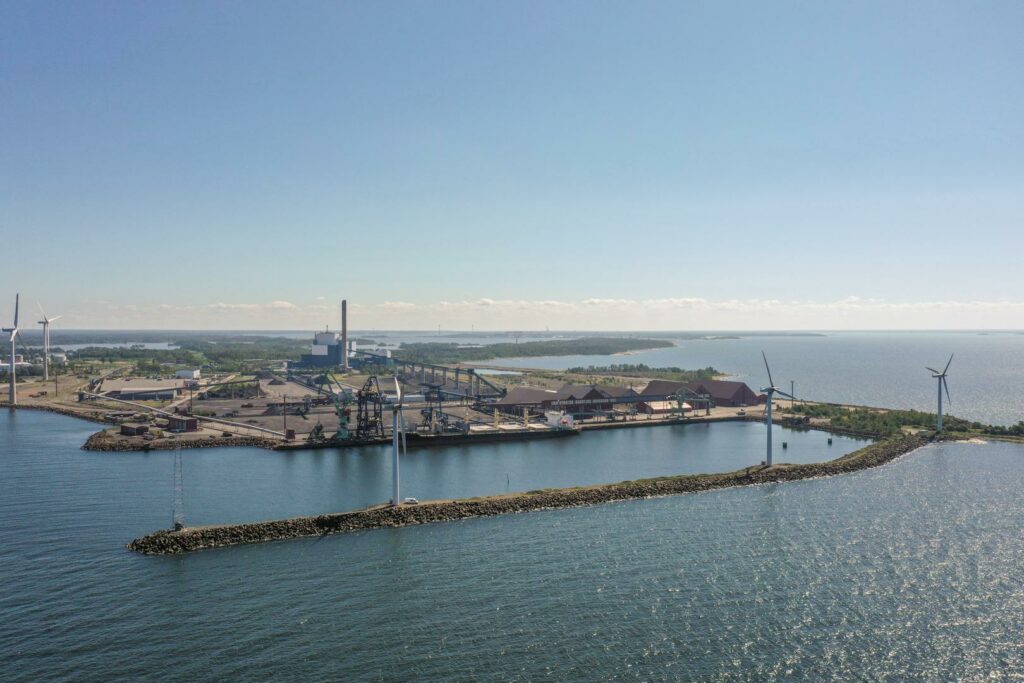
The development agreement keeps Tahkoluoto at the forefront of the clean transition

The goal for the Tahkoluoto area is to attract new clean transition industries that would enable the placement of several major industrial players in Tahkoluoto. Fortum, the City of Pori, and the city’s group companies, Port of Pori and Suisto Kiinteistöt, have signed a development agreement aimed at improving the usability of the Tahkoluoto industrial area, increasing the use of the port, and creating as many jobs as possible.
Fortum owns the property of the Meri-Pori coal power plant located in Tahkoluoto, as well as the connecting 400 kilovolt transmission line leading there. In line with its strategy, Fortum plans to phase out coal-based energy production by the end of 2027, thereby supporting Finland’s goal to be carbon-neutral by 2035.
“Fortum and the Pori city group have solid operational connections in Tahkoluoto based on the existing conditions alone. Both have the will to create conditions for substantial new clean transition industrial plants that require electricity, port traffic in their operations, and which also have a significant employment effect,” says Mayor Lauri Inna.
“Decarbonization of the industry and promoting the clean transition is one of Fortum’s strategic priorities. Tahkoluoto has the potential to be one of Finland’s key industrial areas using clean energy. The area is already in industrial use, and its deep port, good electrical connections, and workforce availability make it an excellent location for clean transition projects,” says Urs Pennanen, Director of Major Customers at Fortum.
The Tahkoluoto property area is divided into several different areas, and one of the agreement’s goals is to unify the property and ownership structures of the area. The Port of Pori is involved in the agreement as a landowner and port operator, Suisto Kiinteistöt as the owner of the former PVO coal power plant’s land and remaining buildings, and the City of Pori especially in the role of a planner.
The targeted operators for the area would include, for example, the manufacturing of green hydrogen-based synthetic hydrocarbons and ammonia or green steel, as well as different stages of the battery industry’s value chain. Next, the area will be planned to be as flexible and unified as possible, for instance, by arranging lot division, streets, municipal engineering, and possible power lines in such a way that, if necessary, a single operator’s closed entity can be achieved without dividing the area with infrastructure.
